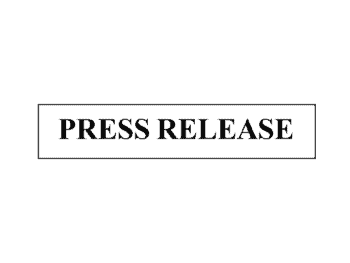
Emphasis on Case Triage and Care Prioritization
Applying the concept of triage to files involving Medicare Secondary Payer compliance matters is important when it comes to prescription drugs, which has been a main cost driver since the addition of the Medicare prescription drug benefit in 2006. This allows a workers’ compensation program to understand the exposure and take effective steps to mitigate the future risks.
Implementing an Effective Triage Program to Reduce Program Costs
Like an injured person entering the emergency room, an MSP compliance case requires triage to assess the condition and effectively guide care. Recommendations can also be made to reduce future exposures through the implementation of an effective plan.
- Use a clinical team to review and understand the employee’s complex medical issues;
- Understand state specific rules for prescription drug use, in conjunction with evidence based medicine to ensure best practices are included in the treatment/drug weaning plan; and
- Evaluate the need for the recommended future medical care and treatment and take the necessary next steps to reduce program costs.
By taking the above steps, a proactive workers’ compensation program can coordinate care with the employee’s treating doctor. This can include the removal of certain future care recommendations, implement steps to reduce prescription drug usage or change certain drugs from name-brand medications to generics, which are often less expensive. The result of early case evaluation and triage can ensure quicker employee recoveries, promote settlement and add savings to a workers’ compensation program.
CASE STUDY (Provided by Tower MSA Partners): $774,583 in Savings from Pre-MSA Triage
Challenge:
Case submitted to Tower for Pre-MSA Triage to assess Medicare exposure. In 2010, worker was doing electrical line work when he was struck by lightning. Injuries included electric shock with pain, insomnia, depression and seizure activity. Treatment included prescription drugs as follows: Hydrocodone/APAP (7.5 / 325 mg at 4 / day), Baclofen (muscle relaxant), Topamax (anti-seizure), Cymbalta (anti-depressant), Keppra (anti-convulsant), Naproxen (pain), Clonazepam (anti-anxiety). Cost drivers included Keppra and Topamax, both with generic available, but being prescribed, filled and paid by carrier as brand.
Total MSA Exposure – $1,416,513.
Solution
As part of the standard Pre-MSA Triage process, Tower’s clinical team identified the key cost drivers, made recommendations within the context of the state of jurisdiction to optimize the drug regimen, documented recommendations to achieve the desired result, and calculated the optimized MSA value at $641,930.
In this case, recommended next steps included Tower’s Physician Follow Up service to contact the injured worker and treating physician to request a change from ‘Brand’ to ‘Generic’ formulation for Topamax and Keppra. Tower’s legal team worked with defense to facilitate the switch by obtaining attestation of acceptance of the generic formulation by the injured worker (he had previously requested brand), then communicating with the prescribing physician to obtain written confirmation of the substitution of generic formulations of both drugs for the previously prescribed brand drugs.
Results:
With client approval, Tower used the information prepared with the Pre-MSA Triage, added the attestations obtained from both injured worker and physician noting that substitution was allowed for both Topamax and Keppra and finalized the MSA for submission to CMS.
In its review, CMS accepted the attestations as confirmation of the change in drug therapy and approved Tower’s submitted MSA at $641,930.
Total savings = $774,583.
Conclusions
Changing the mindset of a workers’ compensation claims program needs to include the willingness to explore options when it comes to Medicare Secondary Payer compliance. Using a triage program on all files where future medicals are part of the equation adds value to a claims management program and promotes savings.

Contact: mstack@reduceyourworkerscomp.com.
Workers’ Comp Roundup Blog: https://blog.reduceyourworkerscomp.com/
©2017 Amaxx LLC. All rights reserved under International Copyright Law.
Do not use this information without independent verification. All state laws vary. You should consult with your insurance broker, attorney, or qualified professional.












